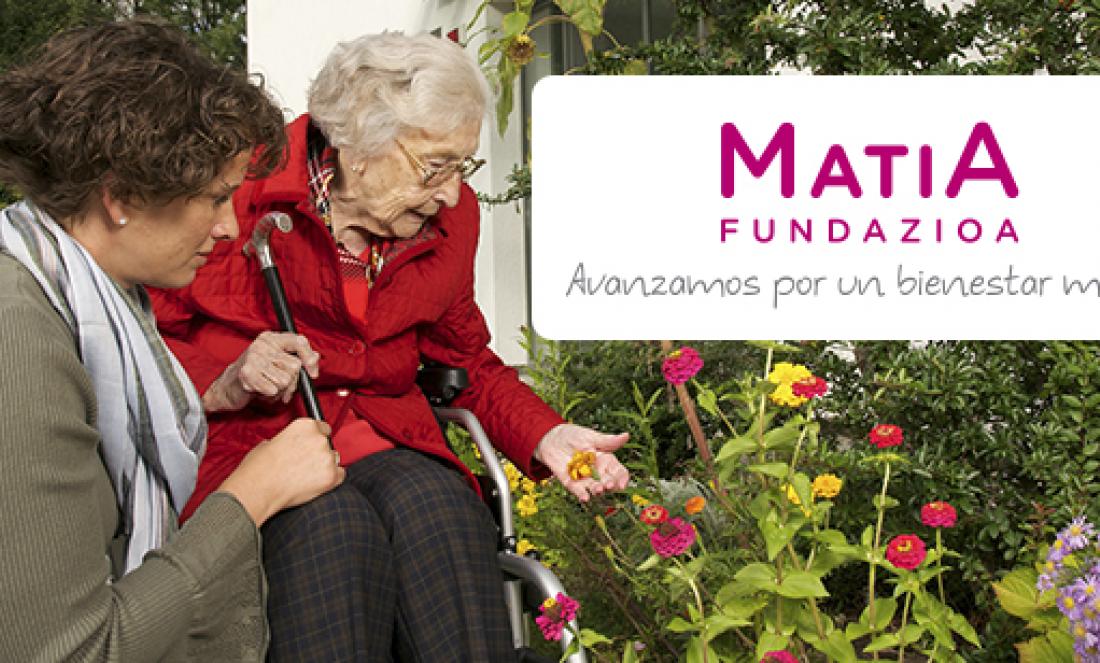
Person-centred care model. Practical notebooks. Notebook 9. Daily Life. Carrying out activities
Staying active has positive effects on people's health and well-being. The benefits of being active are many and diverse. Activity (physical, cognitive and social) prevents dependence, improves health, reduces drug use, strengthens self-esteem and improves mood.
On the other hand, daily life offers opportunities and moments that are very suitable for carrying out very diverse activities. Daily activities offer us possibilities to develop our abilities and also to have fun.
However, there must also be times when people decide not to participate in activities. It is important to know whether inactivity generates well-being or discomfort, especially in the case of people with cognitive impairment. It is necessary to observe people's reactions in their usual contexts; considering their personal history and preferences. In any case, it is necessary to develop initiatives and make proposals in order to avoid the installation of inactivity and disconnection with the environment.
All people have "their meaningful activities". They can be related to activities of daily life or to hobbies that have been developed throughout life. Knowing, proposing and encouraging the practice of these activities is an important tool for maintaining and/or improving people's quality of life.
Carrying out everyday activities is a very important source of stimulation for people: dressing, talking, cooking, setting the table, etc. are usually significant activities for people because they are part of their way of life. Furthermore, with their practice, functional, cognitive and relational skills are exercised and strengthened. It is therefore a question of proposing or maintaining activities adapted to the capacities, rhythms and desires of each person.
In the case of people with cognitive impairment, special efforts must be made to encourage their involvement in everyday life. It is essential to understand people's reactions to the proposals made to them, to value "small reactions" such as paying attention in short periods of time, smiling, sequencing the activity, etc.
In short, it is a question of creating therapeutic and stimulating environments that also respect the preferences of the people who live in them. The following guidelines can help in this
Individual activities must be complemented by activities with other people. It is essential to combine individual proposals with others that are developed in groups. This is the way to personalise the use of time and take advantage of all the possibilities available.
Secondly, programming some activities will help to maintain "an activity route" and avoid downtime, disconnection and boredom. Organizing special activities helps to break the routine. A birthday celebration, an unplanned outing can be opportunities for participation and enjoyment for older people, families and professionals.
Finally, unexpected opportunities should be taken advantage of, as they arise spontaneously. In life, everything is not planned or organised. In the Person-Centred Care Model these activities are of great value. They are good moments, occasions to have fun and escape from routine and boredom.
In short, staying active means staying connected to the world. To achieve this goal with older people in need of support, it is necessary to implement various strategies that integrate the characteristics of people and the contexts in which they develop their daily lives.
Click here to download Notebook 9 (The file is in Basque and Spanish)
Visit the other related entries:
Booklet 1: Model of Person-Centred Care. Practical notebooks. Notebook 1. Person-centred attention: What does it consist of?
Notebook 2: Model of person-centred attention. Practical Workbooks. Notebook 2. Person-centred attention: How to put it into practice?
Notebook 3: Model of person-centred attention. Practical notebooks. Notebook 3. How and where I want to be cared for. Person-centred care, a new model of care.
Notebook 4: Person-centred attention model. Practical notebooks. Notebook 4. Professionals New Roles and Attention Teams.
Notebook 5: Model of Person-Centred Care. Practical notebooks. Notebook 5. The Professional of Reference in Centres.
Booklet 6: Model of person-centred care. Practical Workbooks. Notebook 6. Coexistence units for people who need help.
Notebook 7: Model of person-centred care. Practical notebooks. Notebook 7. Knowing the person and supporting their self-determination. The care and life plan
Booklet 8: Model of Person-Centred Care. Practical notebooks. Notebook 8. Knowing the person and supporting their self-determination. The support and consensus group

Add new comment